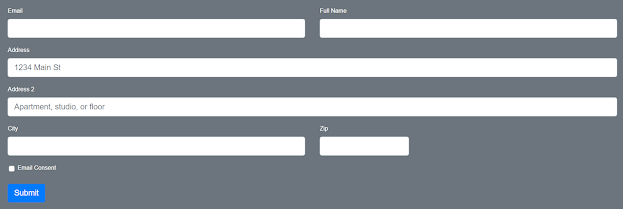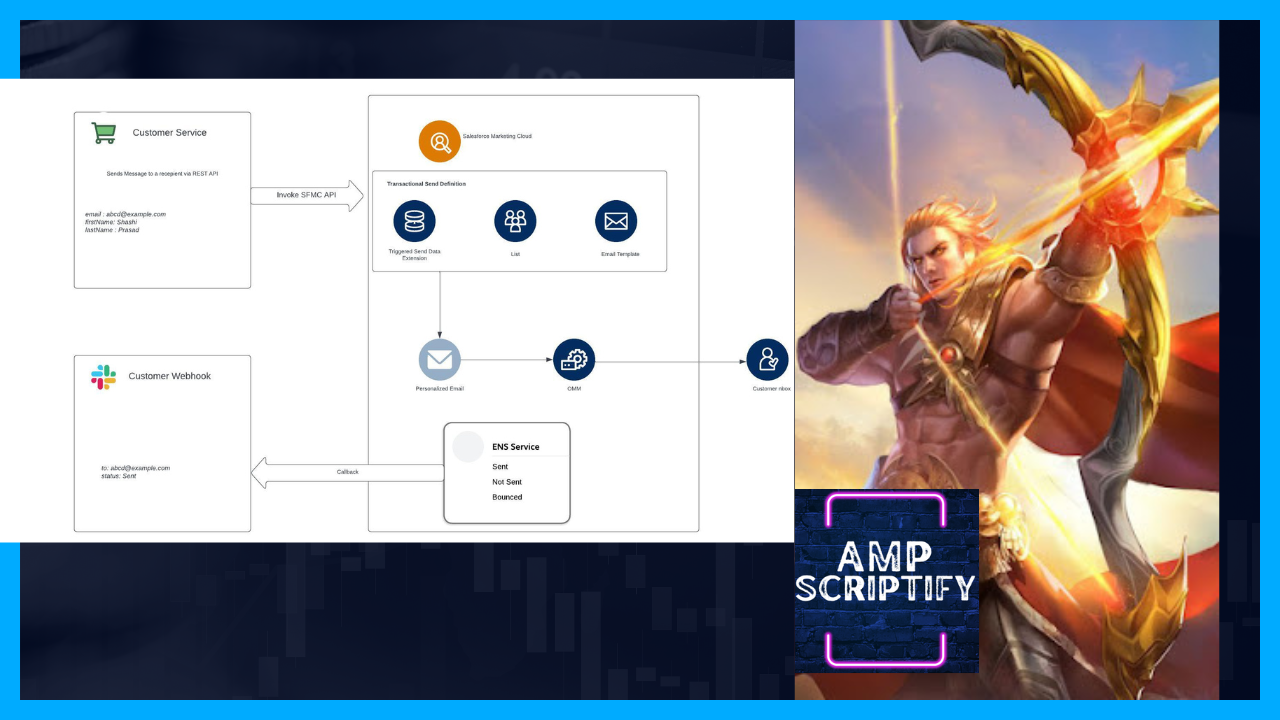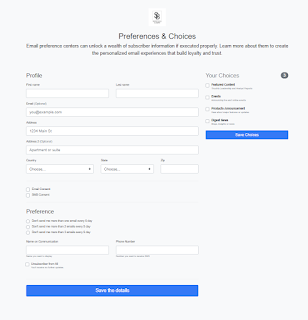Sender Authentication Package with DMIK configuration
Sender Authentication Package :
It's a branding tool which has a package of features that marketing cloud configures for you.
SAP Features
- Account Branding - Marketing Cloud brands your account with your chosen authenticated custom domain. This feature modifies view-as-a-webpage, link and image wrapping, and removes all references to Marketing Cloud in favor of your custom authenticated domain.
- Private Domain for Email sending - This feature assigns a domain used to send email. This domain acts as the From address for your email sends. Salesforce Marketing Cloud authenticates your email sends using the Sender Policy Framework (SPF), Sender ID, and DomainKeys/DKIM authentication.
- Custom Domain for CloudPages - This feature includes a private domain for CloudPages.
- Dedicated IP Address - This feature assigns a unique IP address to your account. All email messages sent from your account from Marketing Cloud use this IP address. This IP address represents most of your sending reputation.
- Reply Mail Management - This feature controls the replies you receive from your subscribers. You can assign filters for out-of-office messages and manual unsubscribe requests.
In our previous blog we learnt about :
1. How SPF works
2. Why SPF is required by marketing cloud for your domain
If you haven't read SPF, here is the link.
In this blog we will learn about DMIK and why we need them for SAP configuration.
DOMAINKEYS IDENTIFED MAIL
What is DomainKeys Identified Mail (DKIM)
DKIM is a email authentication method to validate if the email was not altered during transmission between source to destination. With DKIM , emails are signed using a private key at the source, it uses public key cryptography and the public key is used to validate the email with DKIM private key as a signing certificate. The underlying algorithm for encryption is rsa-sha256.
If we configure only SPF , email forwarding fails because the email header changes , and validation for SPF fails, therefore we configure DKIM which digital signs the email and preserves it during transmission and doesn't allow the email header changes between different email servers.
DMIK SIGNATURE
DKIM-Signature: v=1; a=rsa-sha256; d=example.net; s=brisbane;
c=relaxed/simple; q=dns/txt; i=foo@eng.example.net;
t=1117574938; x=1118006938; l=200;
h=from:to:subject:date:keywords:keywords;
z=From:foo@eng.example.net|To:joe@example.com|
Subject:demo=20run|Date:July=205,=202005=203:44:08=20PM=20-0700;
bh=MTIzNDU2Nzg5MDEyMzQ1Njc4OTAxMjM0NTY3ODkwMTI=;
b=dzdVyOfAKCdLXdJOc9G2q8LoXSlEniSbav+yuU4zGeeruD00lszZ
VoG4ZHRNiYzR
References :
DomainKeys Identified Mail - DMIK









Comments
Post a Comment